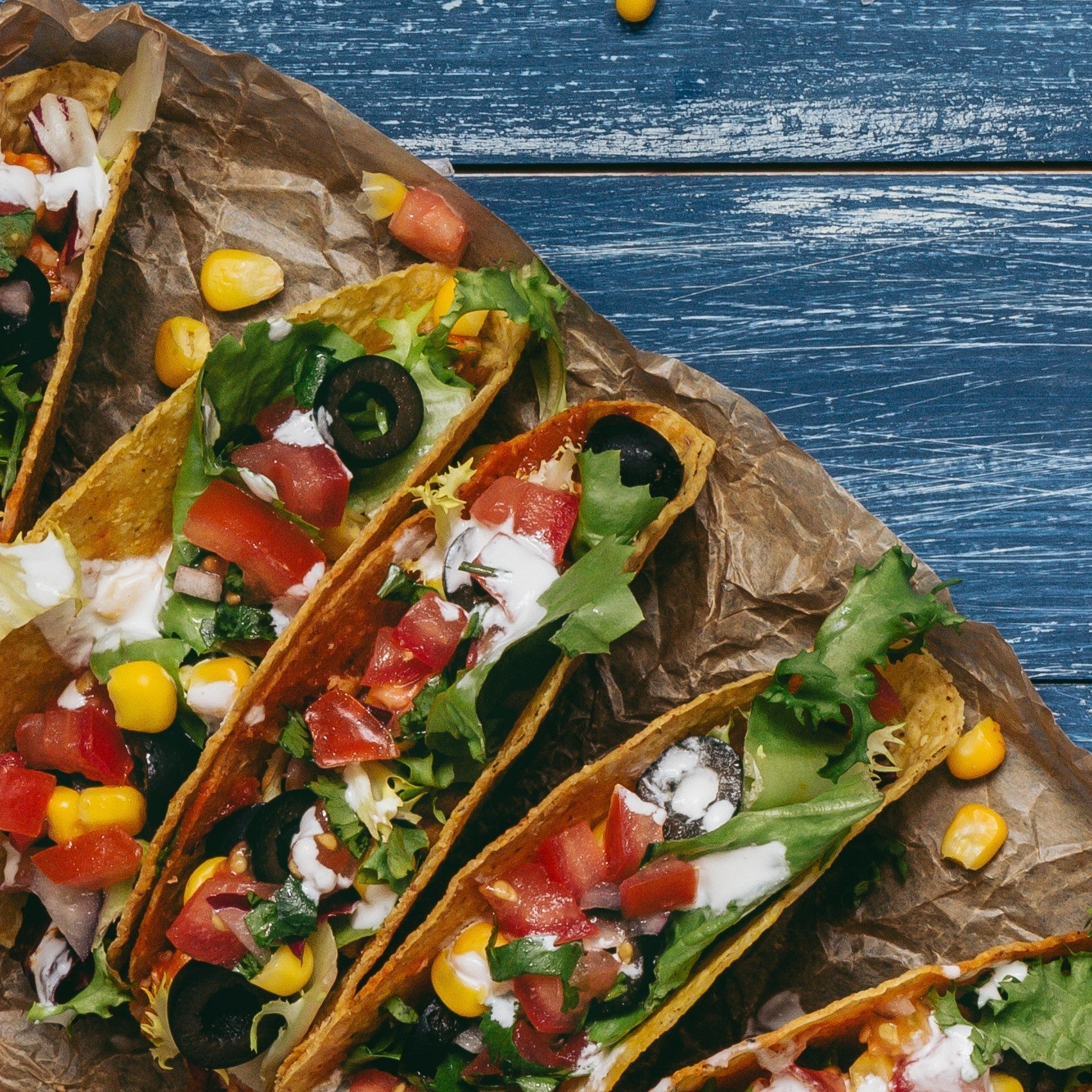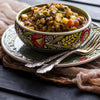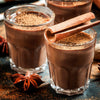Chimichuri its origins and flavour

Chimichuri
The Tangy Legacy of Chimichurri: Origins, Uses, and Modern Twists
Chimichurri, the vibrant green sauce that's become a staple in global grilling culture, is a testament to the rich culinary heritage of South America. This uncooked condiment, bursting with fresh herbs, garlic, and a tangy kick, has transcended its roots to become a favourite for enhancing grilled meats and more. In this blog, we'll trace the origins of chimichurri, explore its traditional and contemporary uses, and highlight Nature Kitchen's Chimichurri seasoning as a convenient, authentic reference. This dry blend captures the essence of the classic sauce in a shelf-stable form, making it easy to incorporate into everyday cooking. Finally, we'll share 10 creative ways to use this seasoning in Western culture, bringing a zesty Argentine flair to familiar dishes.
The Origins of Chimichurri: From Gauchos to Global Tables
Chimichurri's story begins in Argentina, where it's believed to have originated in the 19th century among the gauchos—the nomadic cowboys of the Pampas grasslands. These rugged herders needed a simple, flavorful way to tenderise and season tough cuts of beef cooked over open fires during long cattle drives. The sauce's name has murky etymology; one popular legend attributes it to an Irishman named "Jimmy McCurry" or "Jimmy Curry," whose name was mangled into "chimichurri" by locals. Others suggest Basque origins from "tximitxurri," meaning "a mixture of several things in no particular order," reflecting the sauce's improvised nature.
While pinpointing an exact inventor is impossible, chimichurri gained prominence in Argentine asado (barbecue) culture, spreading to neighbouring Uruguay, Paraguay, and Brazil. European immigrants, particularly Italians and Spaniards, adapted it with local herbs, blending it into the region's mestizo cuisine. Today, it's a symbol of Argentine identity, often served at family gatherings and celebrations, embodying the country's love for beef and bold flavours.
The Uses of Chimichurri: A Versatile Condiment
Traditionally, chimichurri is used as a sauce or marinade for grilled meats, especially steak, where its acidity cuts through richness and tenderises the protein. In Argentina, it's drizzled over choripán (sausage sandwiches) or served alongside asado platters. Variations exist—green (verde) with parsley and oregano, or red (rojo) with tomatoes and paprika—but the core is always fresh, uncooked, and herb-forward. Beyond meat, it's versatile: as a dip for bread, a topping for empanadas, or a dressing for salads and vegetables.
Nature Kitchen's Chimichurri seasoning references this classic by offering a dry version ideal for rubs, marinades, or reconstituting into a sauce. It's gluten-free, vegan, and packed with herbs and spices, making it perfect for lighter meats like chicken or pork, seafood, or roasted vegetables. Typical ingredients in such blends include dehydrated garlic, onion, oregano, parsley, red pepper flakes, and vinegar powder, allowing for easy storage and use.
10 Great Ways to Use Chimichurri Seasoning in Western Culture
In Western culture, where grilling and fusion flavours reign, Nature Kitchen's Chimichurri seasoning adds an exotic, herby punch to familiar dishes. Here are 10 innovative applications:
- Steak Rub: Mix with oil for a dry rub on ribeye or sirloin before grilling. The garlic and oregano create a flavorful crust, elevating backyard barbecues.
- Chicken Marinade: Blend with vinegar and olive oil to marinate chicken breasts. Grill or bake for juicy, tangy poultry perfect in salads or wraps.
- Vegetable Skewers: Dust over zucchini, bell peppers, and onions before threading and grilling. It adds a zesty kick to meatless sides.
- Burger Topping: Sprinkle on patties or mix into ground beef. The chilli flakes provide subtle heat for gourmet burgers.
- Seafood Sauce: Reconstitute with oil and vinegar as a dipping sauce for grilled shrimp or salmon. The parsley brightens the fish's natural flavours.
- Roasted Potatoes: Toss potatoes in the seasoning and oil before roasting. It turns simple spuds into a flavorful accompaniment for roasts.
- Salad Dressing: Whisk with olive oil, lemon juice, and water for a vinaigrette. Drizzle over green salads for a fresh, herbaceous twist.
- Pork Chops Glaze: Rub on chops and glaze with honey during cooking. The blend's warmth complements the sweetness in Western-style dinners.
- Sandwich Spread: Mix with mayo for a chimichurri aioli. Spread on turkey or roast beef sandwiches for an elevated lunch.
- Egg Scramble: Sprinkle into scrambled eggs or omelettes. The onion and red pepper add savoury depth to breakfast classics.
Chimichurri's journey from Argentine pampas to global kitchens shows the power of simple, fresh flavours. With Nature Kitchen's blend, you can easily incorporate this cultural gem into your cooking. Try it today and let the tang take over!





